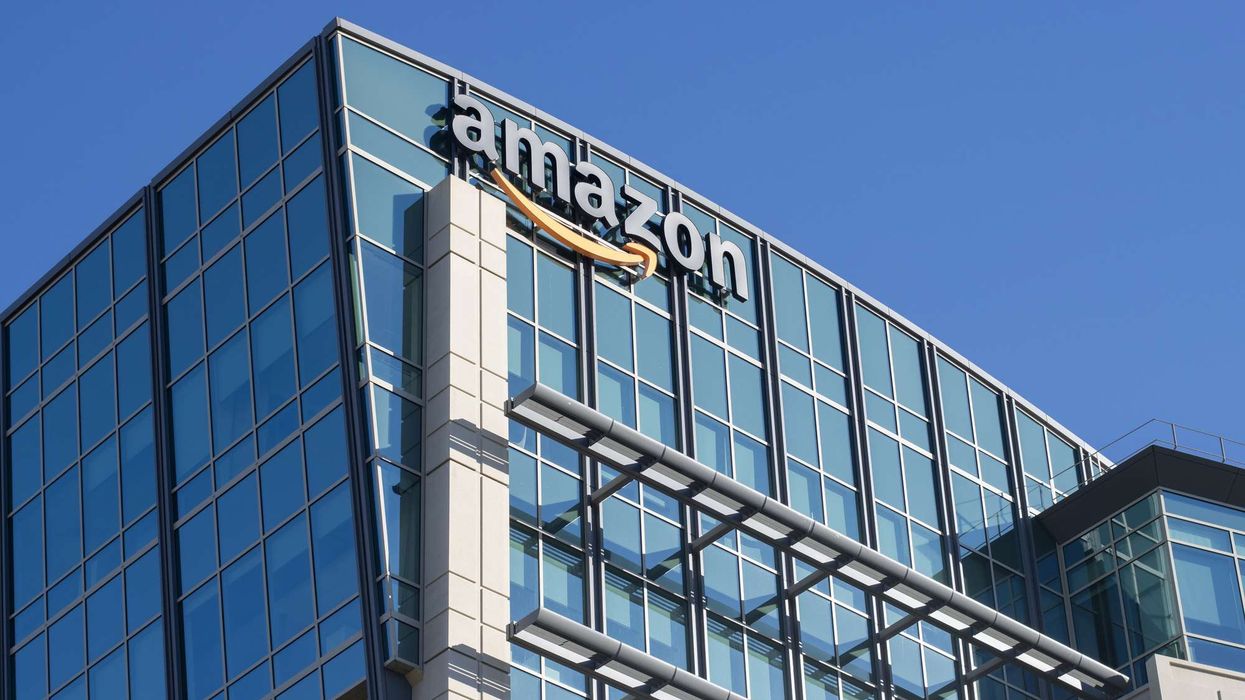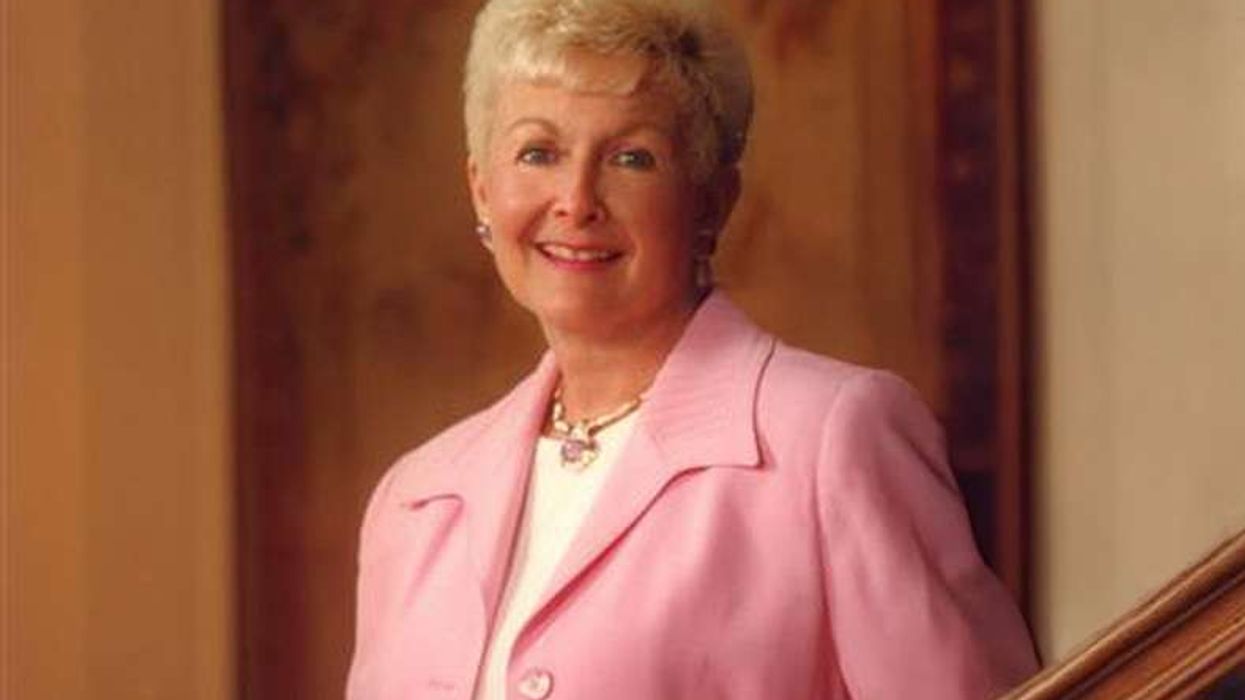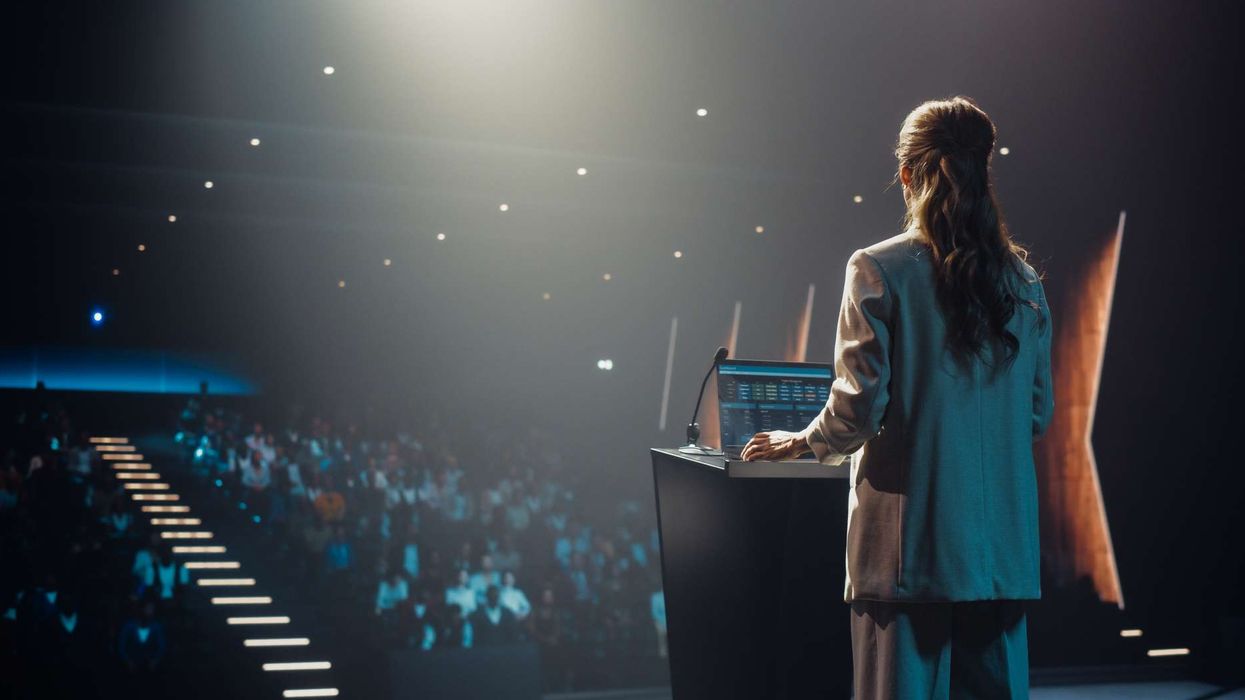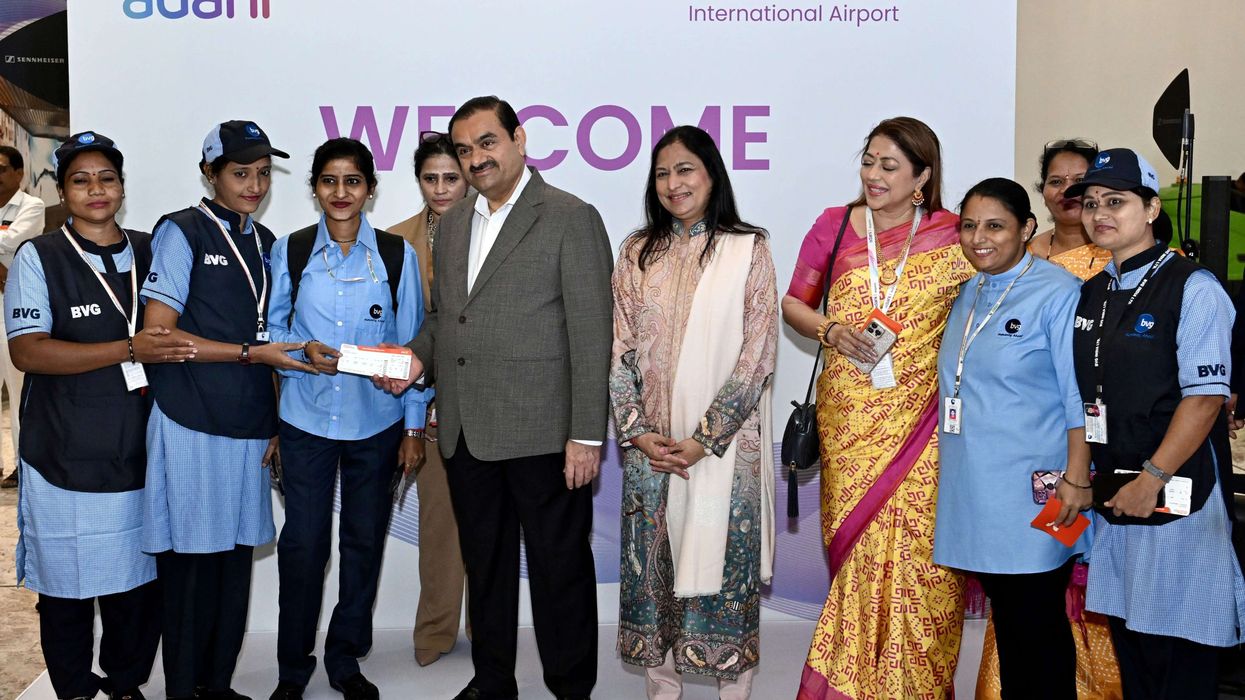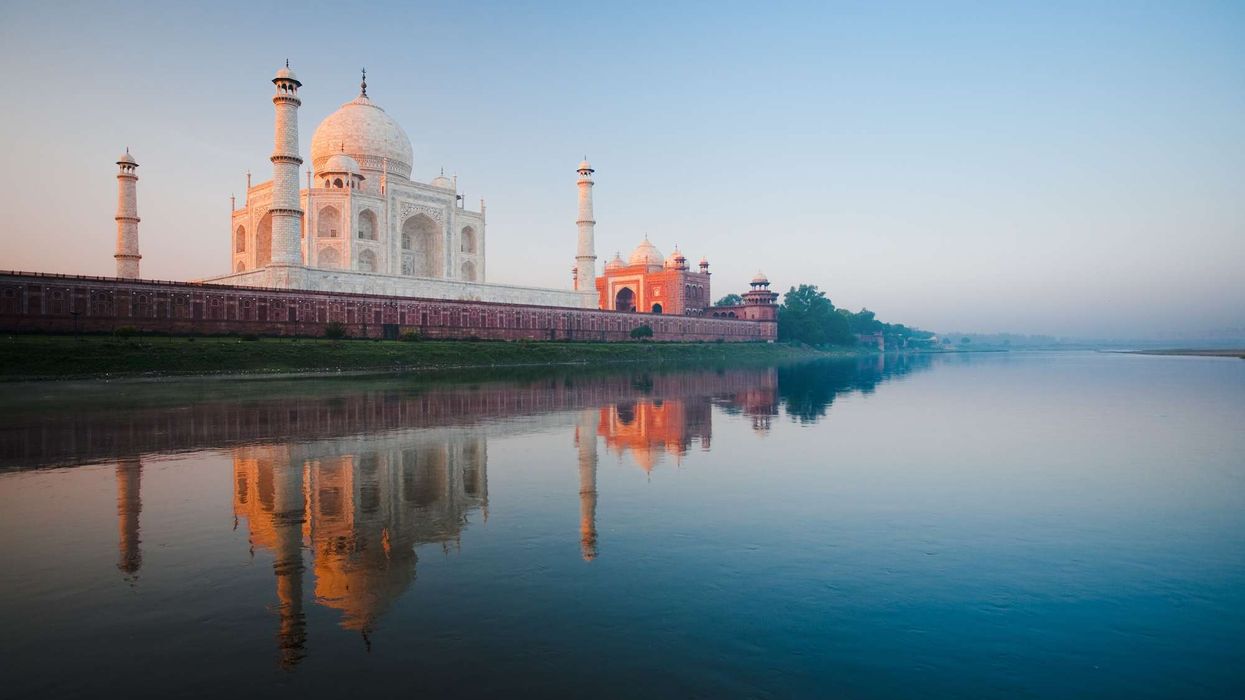DESPITE THE CONTINUING rise in COVID-19 cases, demand for U.S. hotel rooms grew week over week during the week of July 18 after losing ground the week before, according to STR. That demand, however, followed specific geographic lines favoring states with wide open spaces and drive-to markets.
Demand grew week over week at an average of 3.1 percent during the last five weeks, according to STR’s deep dive into its data for the week. The virus did have an impact, said Jan Frietag, STR’s senior vice president of lodging insights.
“What a lot of us feared indeed came to pass. The number of new COVID-19 cases increased at an accelerating pace last week, clocking in at just under 460,000,” Freitag said. “Last week’s RevPAR decline was worse than it was in the prior week.”
The data for the week released last week showed RevPAR rose to $46.87 from $44.67 the week before but was down 56 percent year-over-year compared to a decline of 54.6 percent the week before. Occupancy for the week ended at 47.5 percent, up from 45.9 percent the previous week but down 38.9 percent from the year before. ADR also rose, from $97.33 to $98.56, still down 28 percent from the previous year.
Prior to that, Freitag said, the year-over-year declines in RevPAR had been lessening each week since April 11.
“It’s going to be interesting to see if last week’s data was just a blip or the beginning of a trend,” he said.
The virus surge apparently affected air travel as well, Freitag said. Transportation Security Administration data showed airport security checkpoint daily throughput declined from the prior week for the first time, with the heaviest declines being on Monday, Tuesday and Wednesday, typically busy days for business travel.
“It is not unreasonable to assume that the increases in the case count caused a slight retraction in business travel,” Freitag said. “I think the first three-day decline is noteworthy.”
There was an increase in demand, however.
“It is good to see that the actual number of rooms sold by the U.S. hotel industry increased,” he said. “It increased at a pace of around 3.7 percent from the prior week, which is still quite a ways off from the average of the first nine weeks [since the week ending April 18] at 8.3 percent but of course its good news that the number increased given that fewer people flew.”
Economy class hotels were still performing best with 55.7 percent occupancy, followed by midscale at 52.1 percent and upper midscale at 50.6 percent.
“Upper midscale, midscale and economy class properties were over half full,” Freitag said.
There was some improvement for Florida and its many beach destinations. The state is now a hotspot for coronavirus.
“It is good to see that nine of the 13 Florida markets actually grew demand week-over-week between the week of July 18 and the week of July 7,” he said. “That said, there were still markets where the room demand declined, Fort Myers, for example.”
In the Northeast, where COVID-19 cases have leveled off, drive-to markets did well, Freitag said. Maine’s occupancy rose 19.2 percent, New Hampshire up 18.5 percent, Massachusetts up 12.4 percent, New Jersey up 8.8 percent and Rhode Island at 8.5 percent growth in demand.
“That is a direct function of people taking their vacations with their cars,” Freitag said.
Highest occupancy rates were seen in Western states with more open land. South Dakota led the nation with 66.5 percent occupancy, then Montana with 65.3 percent, Idaho with 65 percent, Wyoming with 62.5 percent and Mississippi with 60.3 percent. Comparatively, the lowest states were New York topped the list with 40.3 percent, followed by 40 percent in Illinois, 36.5 percent in Massachusetts, 23.2 percent in the District of Columbia and 18.7 percent in Hawaii.
During the week all other markets saw higher ADR than STR’s top 25 markets, $99 for the former compared to $97 for the latter. For the same time period last year the top 25 saw ADR reach $162 while all other markets averaged $124. The top 25 markets’ premium from 2019 has completely eroded, Freitag said.
“As a matter of fact, a room in a non-top 25 market is actually more expensive than in one of the larger metros, a clear indicator that there are no group [travelers], there is no corporate demand and the upper upscale and luxury hotels that are in those larger markets are really, really hurting,” he said.

